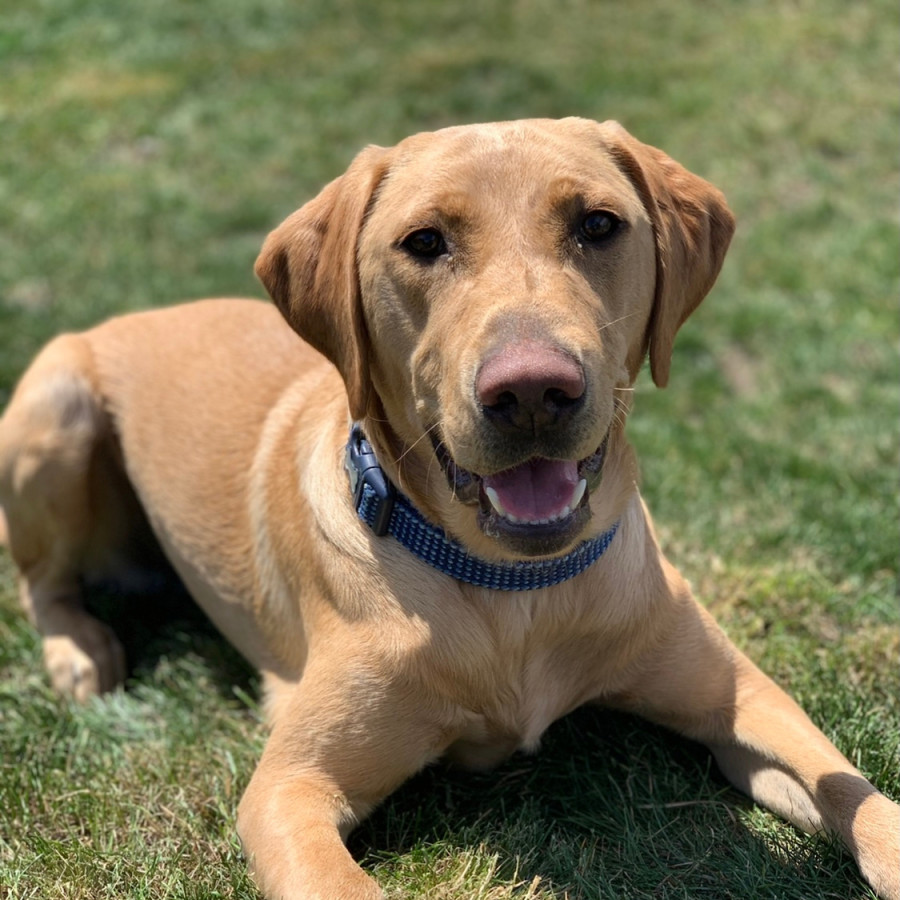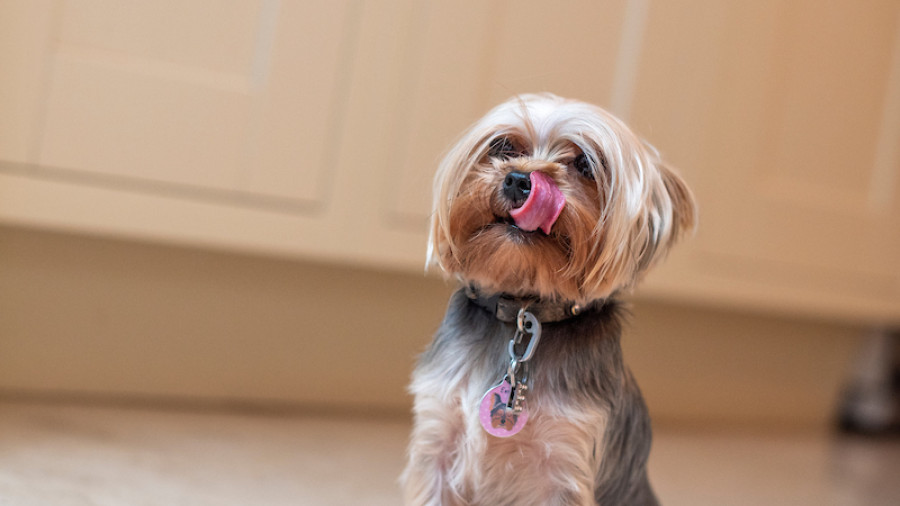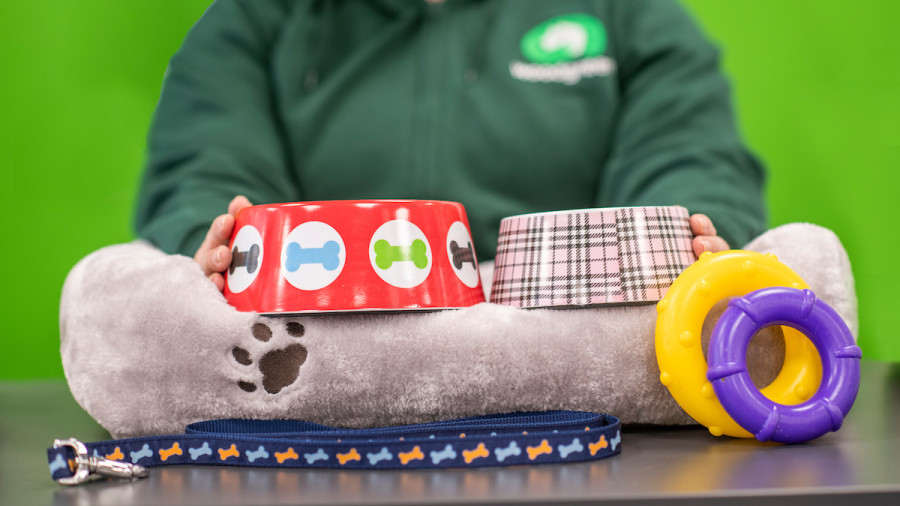

Is it ok to give my dog bones to chew on?
I just got a 6-month-old Labrador, and I’m not sure what types of chews or bones are safe for her. I know chewing is great for her teeth and keeps her entertained, but I’ve heard some bones can be dangerous. How do I choose the right type of chew or bone for her, and are there any I should avoid completely, especially as she’s still young?

What our expert says
The chew or bone you give your dog, should be dictated by the size and chewing strength of your pet. Chewing is a great way for dogs to clean their teeth and provides entertainment for your canine companion right into adulthood. Of course, it’s much better for your dogs to chew on something appropriate, rather than shoes, chair legs or other things belonging to their owners!
Bones should be large and hard enough that they’re not easily consumed, and cooked bones crumble and splinter more readily than raw bones. Some cooked bones can be very dangerous if consumed, so it’s best to avoid these completely. If bones are too hard, there’s also a risk your pet could break a tooth, particularly if they have a strong jaw. So, it’s finding that safe middle ground for your dog, which can sometimes be challenging.
Owners who feed a raw diet to their dog will often include ribs, necks and wings, which can be completely consumed. Dogs will often need supervision and a gradual introduction to this type of feeding.
The first few times you give your dog a new type of chew, supervise them to make sure they’re eating it correctly, so it doesn’t become a choking hazard.
It’s important to remember that anything you give your dog to chew, could present a risk if it’s the wrong size and your pet could break parts off and swallow them. You know your dog best, so decide carefully what they can have, and what type of chew you feel happy leaving them alone with to enjoy.
Puppies should not be given any bones to chew on, as their teeth are still developing, and it’s best to avoid any hard chews too.
For more information on this topic, Lindsay Arliss recommends these articles:



Hear from other humans
Carla
- Dog breed: Corgi
- Dog age: 3 years
- Owner expertise: Novice
I was struggling with my dog's anxiety, especially when we had to leave the house. Thanks to Woodgreen's advice, I've made some changes that have worked wonders. By sticking to a consistent routine, my dog knows what to expect each day, which has significantly reduced her anxiety.
Sarah
- Dog breed: Cockerpoo
- Dog age: 6 months
- Owner expertise: Novice
This advice really helped me and my new pup! I tried teaching recall without your guidance and struggled. Woodgreen's step-by-step dog training videos break each action down for you and I'm happy to say we finally made progress!